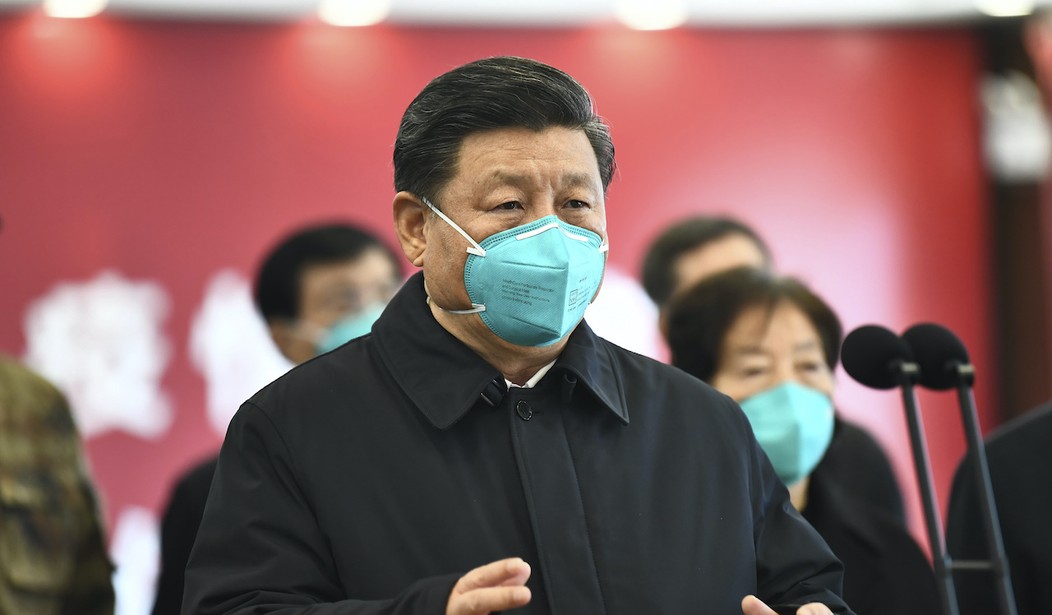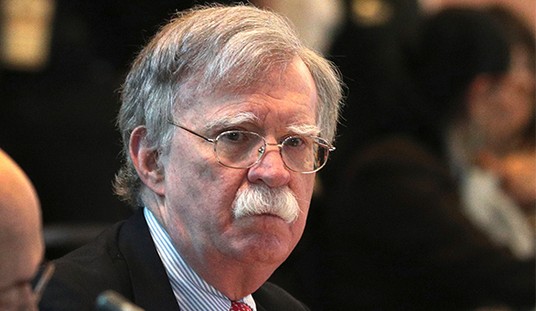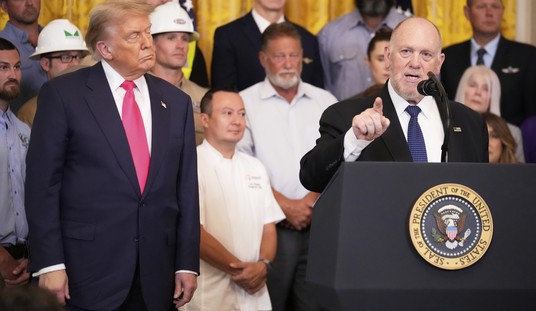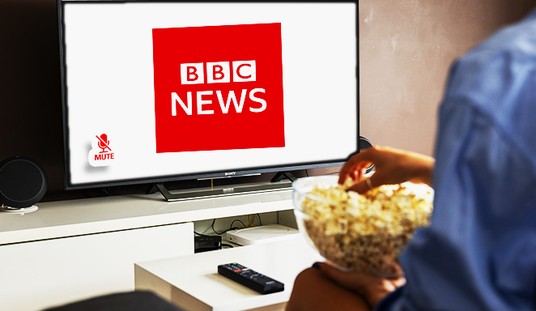
In this photo released by China’s Xinhua News Agency, Chinese President Xi Jinping talks by video with patients and medical workers at the Huoshenshan Hospital in Wuhan in central China’s Hubei Province, Tuesday, March 10, 2020. China’s president visited the center of the global virus outbreak Tuesday as Italy began a sweeping nationwide travel ban and people worldwide braced for the possibility of recession. For most people, the new coronavirus causes only mild or moderate symptoms, such as fever and cough. For some, especially older adults and people with existing health problems, it can cause more severe illness, including pneumonia. (Xie Huanchi/Xinhua via AP)
Bucking the advice of the EU and the US, Italy’s prime minister, Giuseppe Conte, signed onto China’s Belt and Road Initiative (BRI). This strategy was adopted by China in 2013 for the purpose of increasing their geopolitical power. It involved partnering with a particular country to develop an infrastructure project within their borders. The participating countries are forced to finance the work through Chinese banks, use Chinese construction companies who send Chinese workers and materials to complete the project.
The Federalist’s Helen Raleigh, herself from China, explains that for Beijing, the BRI “provides new markets and consistent demand for China’s goods and services, creates employment opportunities for Chinese workers, and gives China access to strategically important locations and natural resources. Beijing’s real objective is to leverage its newly gained financial power to greatly expand its geopolitical influence as well as its economic and military footing from Asia to Europe and Africa.”
Although BRI has been profitable for China, it’s been far less beneficial for the participating countries. Raleigh writes that at least eight of their “partner” nations “are so indebted to the Chinese that they had to hand over their strategic assets to China to offset their debt.” I’m sure that was China’s hope. Yet, in 2019, the governments of both Italy and Iran, both struggling with weak economies, agreed to take part.
The last 20 years have been dismal for the Italian economy, leaving the country with the second highest debt burden in the EU, second only to Greece. According to Forbes’ Marco Annunziata, “living standards in Italy today are roughly the same as they were in 2000, because economic growth has been stagnant.
So, believing that BRI was the answer to Italy’s economic woes, Prime Minister Conte hopped on board. Raleigh reports:
As part of the deal, Italy opened an array of sectors to Chinese investment, from infrastructure to transportation, including letting Chinese state-owned companies hold a stake in four major Italian ports. The deal gave communist China a foothold in the heart of Europe, but Conte downplayed it as “no big deal at all.”
Lombardy and Tuscany are the two regions that saw the most Chinese investment. Nearly a year later, the first Wuhan coronavirus infection case in Italy was reported in the Lombardy region on Feb. 21. Today, Italy is experiencing the worst coronavirus outbreak outside China, and Lombardy is the hardest-hit region in the country. As of March 14, Italy reported 24,747 cases and 1,809 deaths. Now the entire country is in lockdown until at least April 3. Its economy is expected to contract 7.5 percent in the first quarter, opposite what Conte had hoped.
A coincidence? Nah.
Long before the Wuhan virus came along, the Iranian economy was in dire straits. At the time Iran shot down a U.S. drone in June 2019, it was clear that the U.S. sanctions imposed in November 2018 had crippled its economy. Following the enactment of a new round of retaliatory sanctions last year against Iran’s supreme leader Ayatollah Ali Khamenei and other top government officials, one Iranian compared the nation’s level of economic pain to feeling one’s “bones breaking.” In other words, the sanctions were eliciting the desired effect.
According to U.S. Energy Information Administration (EIA) estimates, “Iran’s oil net export revenue totaled $55 billion in 2017,” the last full year before Trump pulled out of Obama’s Joint Comprehensive Plan of Action (JCPOA), the Iran nuclear deal.
Reuters reported last week that Iran’s crude oil exports in June have fallen to 300,000 barrels per day (bpd). In Aril 2018, the month before Trump exited the Iran nuclear deal, Iran’s oil exports averaged 2.5 million bpd.
In addition to severe financial pain, Iran had and still has other problems. Business Insider reported that their “currency had crashed, and the country had become gripped by protests and strikes. And it had felt a crackdown on the financial freedom for all of its citizens.”
According to the Associated Press, “Inflation was over 37%, according to government statistics. More than 3 million people, or 12% of working-age citizens, were unemployed. That rate doubles for educated youth.”
The regime faced more protests in November 2019 after a huge hike in fuel prices. The protestors called for the overthrow of the Supreme Leader Ali Khamenei and his regime and over 1,000 of them lost their lives.
The regime was shaken again in early January 2020 when U.S. airstrikes killed IGRC General Qassem Soleimani. After the Iranian military shot down a Ukrainian airliner during their revenge strike on U.S. airbases in Iraq and then lied about it, their people took to the streets again.
Raleigh writes:
Facing domestic economic and political challenges and international isolation, Iran has sought out China as an ally against the United States, relying on economic ties and military cooperation with Beijing to fend off U.S.-imposed sanctions. China has been keeping the Iranian regime afloat by purchasing Iranian oil, selling the Iranian regime weapons, and transferring nuclear technologies.”
And in 2019, Iran signed up for the BRI.
China sees Iran as a crucial player to this initiative because Iran is not only rich in oil but also lies in a direct path of an ambitious 2,000-mile railroad China wants to build, which will run from western China through Tehran and Turkey into Europe.
Today, Iranian health officials trace the country’s coronavirus outbreak to Qom, a city of a million people. According to the Wall Street Journal, “China Railway Engineering Corp. is building a $2.7 billion high-speed rail line through Qom. Chinese technicians have been helping refurbish a nuclear-power plant nearby.” Iranian medical professionals suspect either Chinese workers in Qom or an Iranian businessman who travelled to China from Qom caused the spread of the coronavirus in Qom.
The Iranian government’s response was slow. They refused to take the necessary steps to contain the virus and it quickly spread throughout the country. As of March 17, Iran had reported 14,000 cases of coronavirus and 724 deaths. These figures are most likely on the low side.
Ilan Berman, vice president of the American Foreign Policy Council, says, “Coronavirus has exacted an even higher political toll on the regime, because it has exposed the country’s ruling clerical elite as incompetent and out-of-touch.” And Berman predicts “the coronavirus may accomplish what years of actions by the West have failed to achieve: the collapse of Iran’s clerical authoritarian regime.”
In addition to the Chinese financial exploitation of both Italy and Iran, because they chose to align themselves with China, both have been hit hard by the Wuhan Virus. And their citizens are now paying the price. In the end, Italy will have the support of the EU (probably). As far as it goes for the Iranian regime, Ilan Berman may be right. I don’t have a crystal ball, but the Iranian government’s hold on power is the weakest it’s been in their 40 year history. If there ever was a time to act, it’s now.
I think it’s safe to say that it’s no coincidence.













Join the conversation as a VIP Member